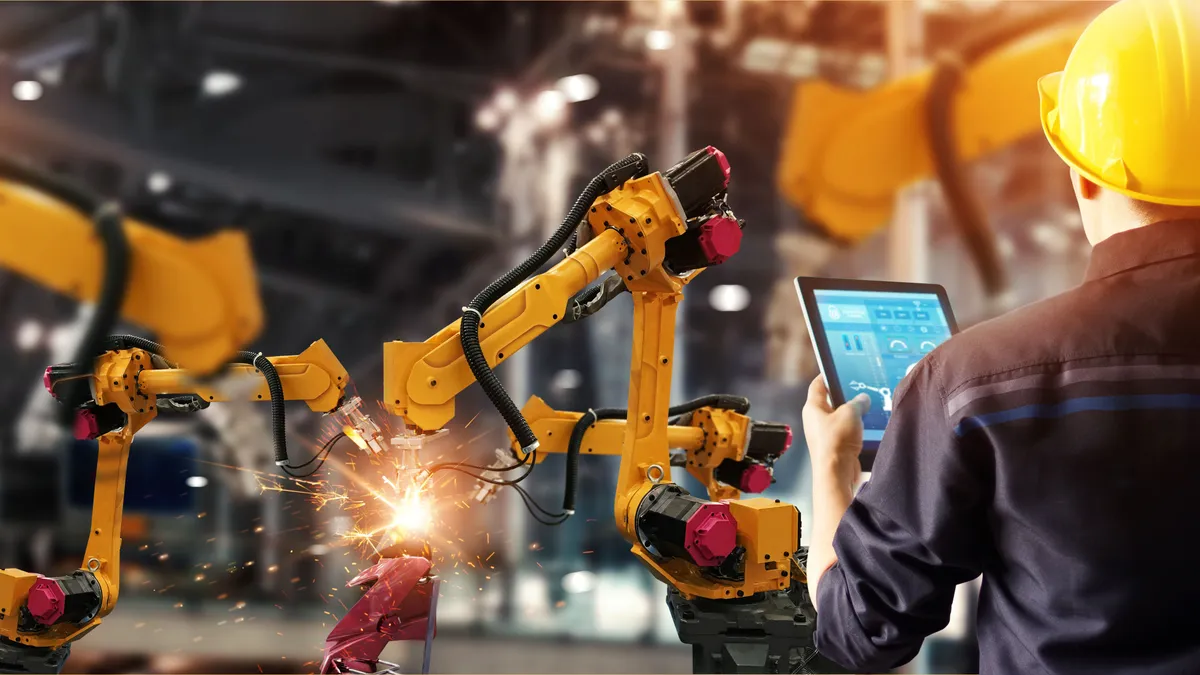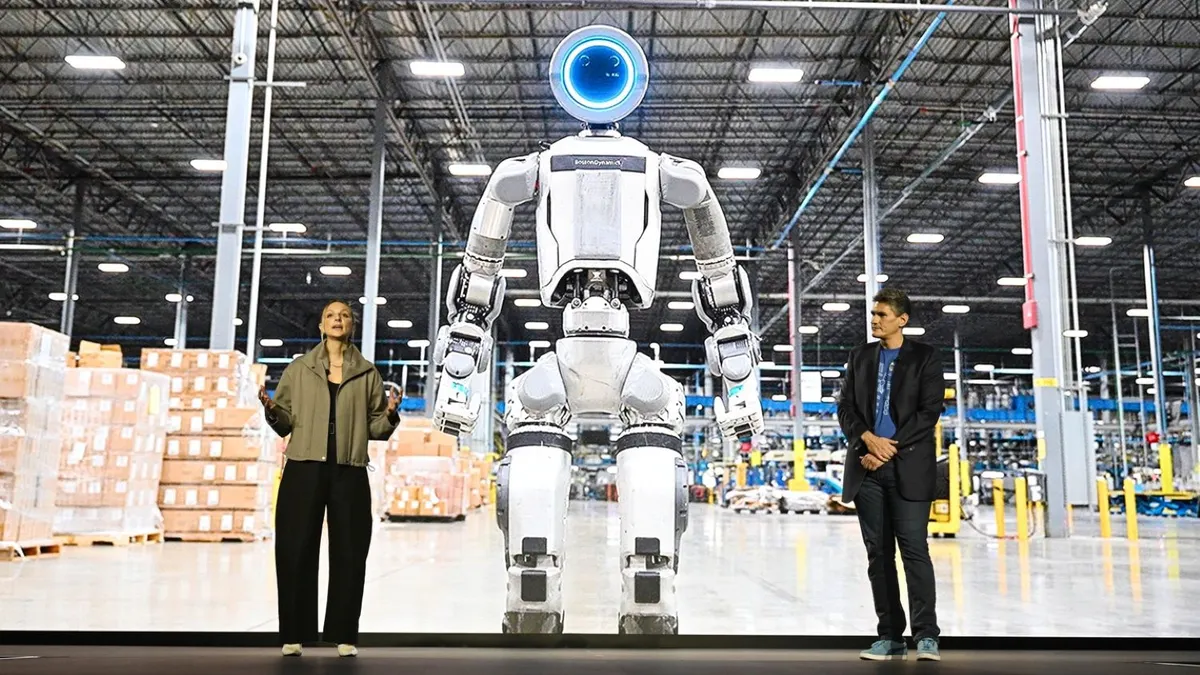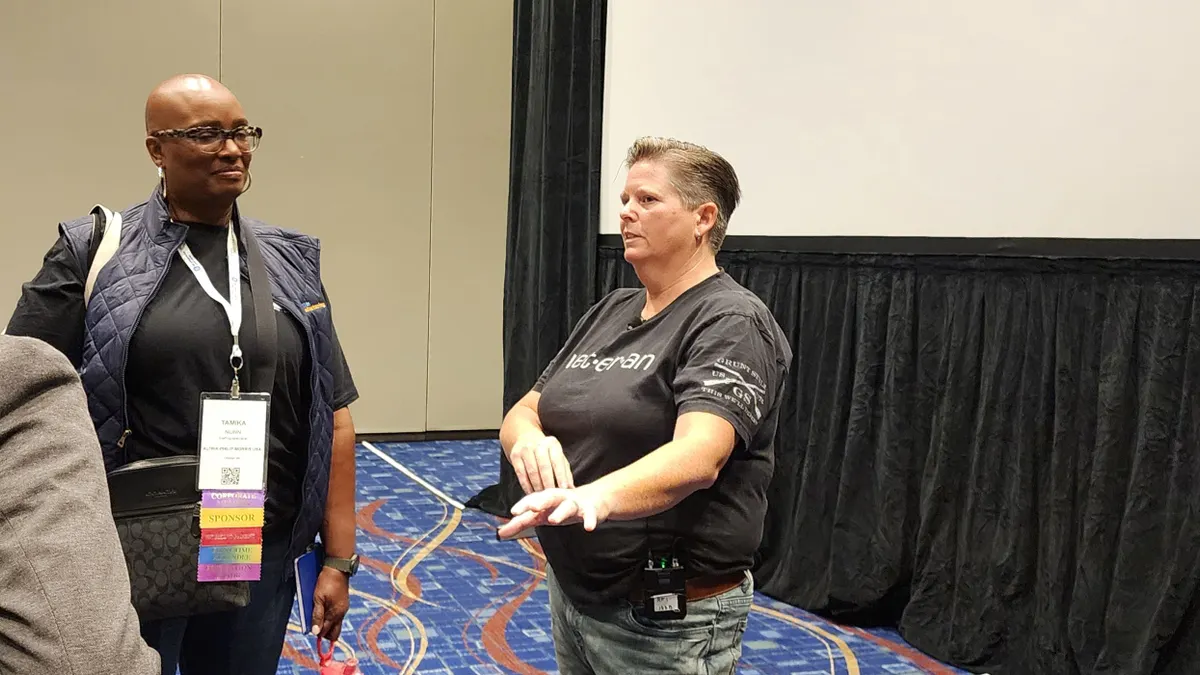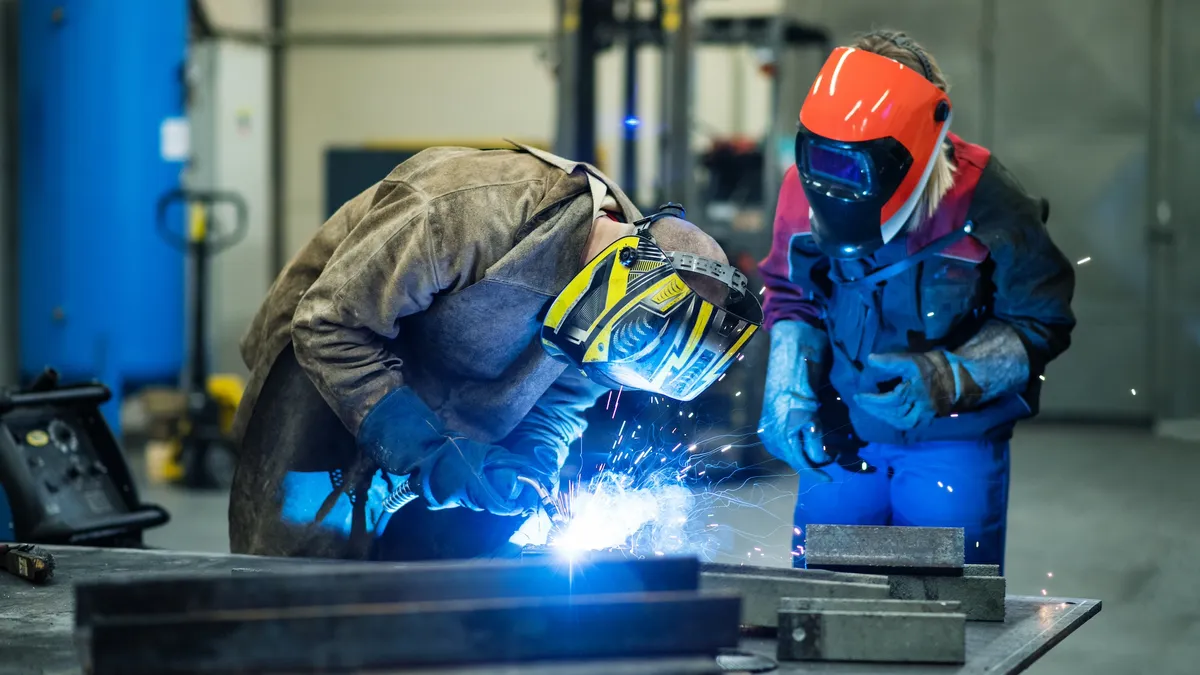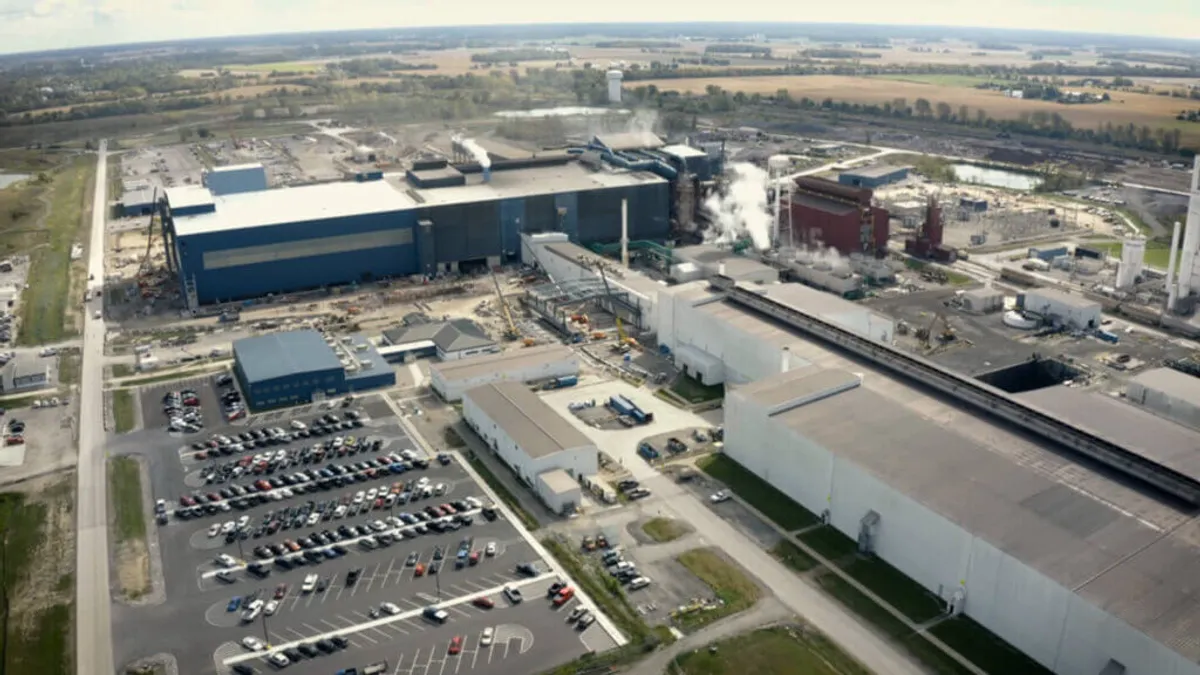Søren Peters is the co-CEO of automation consulting group HowToRobot. Opinions are the author’s own.
The ongoing discussions around tariffs and trade policies have, in a short time, made it clear that manufacturing is heading for more domestic production. The obstacles and uncertainty for global supply chains don’t seem to be going away anytime soon.
What’s sometimes missed, however, is that the reshoring movement has been underway for years — even before the recent tariff announcements. While trade policies shift, it is the industry’s own ability to compete that makes reshoring sustainable — and for that, automation is the foundation.
Look at the numbers: In 2023, more than 287,000 US manufacturing jobs were announced from reshoring and foreign direct investments — a 26-fold increase from 2010, according to the Reshoring Initiative's annual report. This growth parallels an 88% increase in industrial robots operating in the U.S. between 2013-2023, as reported by the International Federation of Robotics.
While tariffs could accelerate the reshoring trend, manufacturers are generally cautious. Companies are reluctant to base major reshoring decisions on potentially fluctuating tariffs. Production relocations require years of planning and substantial investment. Companies need permanent competitive advantages, not temporary policy shifts. This is precisely why automation must be central to any serious reshoring strategy.
Labor shortages make automation essential for reshoring success
The most immediate obstacle to rapid reshoring is workforce capacity. At its peak in 1979, U.S. manufacturing employed almost 20 million people — a number nearly halved during the offshoring era. Despite regaining about 1.3 million manufacturing jobs since 2010, the sector remains far from its former employment levels, and getting workers back can be incredibly challenging.
We've already seen the consequences of sudden demand spikes for manufacturing labor. During the post-pandemic "great resignation" of 2022, more than 40% of all U.S. manufacturing plants reported that labor shortages constrained their production capacity — up from just 15% a few years earlier.
The labor market is unlikely to support the scale of reshoring that current trade policies suggest without significant automation investment. Companies that wait until labor shortages become critical will find themselves behind more forward-thinking competitors.
The surge in automation during the 2022 labor crisis demonstrates this dynamic. North American companies ordered 44,196 robots that year, an 11% jump from 2021. Our platform at HowToRobot saw a record 63% of automation projects specifically targeting capacity limitations. This sudden demand created year-long backlogs for robotics suppliers — a scenario likely to repeat if reshoring accelerates rapidly.
The payoff of automation is clear: Despite employing 5 million fewer people, the U.S. manufacturing sector has increased its real value added by $1 trillion over the past two decades. From enhanced productivity to better working conditions, automation has proven fundamental to rebuilding competitive domestic manufacturing.
The automation skills gap threatens to slow reshoring progress
Even with sufficient robots, successful reshoring requires people who know how to implement them. This expertise gap could become a primary obstacle to broader manufacturing repatriation.
Research from Georgia Tech shows that while robot adoption is growing rapidly, many companies, particularly small and medium manufacturers, are falling behind. Those already connected to robotics expertise continue to advance, while others struggle to get started, creating a widening automation divide.
For reshoring to succeed at scale, this knowledge gap must be addressed. In the U.S., we are seeing record demand for specialized guidance, not only in implementing robotics, but also in planning and sourcing automation effectively.
In our experience as vendor-independent advisors, many manufacturers struggle simply because automation falls outside their core area of expertise. Companies are increasingly seeking support to ensure that their automation plans are technically proven, financially feasible and practically implementable. It’s a sign that companies are acknowledging both the automation skills gap and the need to minimize costs and risks in today's uncertain market.
Access to automation technology expertise is critical for companies not only to determine what to automate, but also what not to automate. A practical rule of thumb is that you can typically achieve 80% automation of a process for just 20% of what full automation would cost. The remaining 20% often requires disproportionately complex solutions that drive costs exponentially higher and delay implementation. Finding this "automation sweet spot" is often crucial to success.
We saw this principle in action with a major U.S. manufacturer that automated the process of cleaning and painting its products. By removing a few rare and challenging edge cases from the scope, they reduced automation costs by $1.8 million — more than 50% of the original price — with roughly the same benefits. This demonstrates how access to specialized expertise can deliver significant competitive advantages, especially when cost efficiency is critical.
Targeted automation deployment matters more than robot volume
Most businesses don't have time to build internal robotics expertise at the pace reshoring demands. Without access to automation expertise, companies risk facing production bottlenecks and falling behind competitors that move faster.
We have already seen how, in a few years, China has outpaced most of the West in automation, as measured by robot density. The country, which was previously known for its cheap and labor-intensive manufacturing, is now heavily investing in automation to compensate for a declining population.
Today, it’s ranked third globally with 470 robots per 10,000 manufacturing workers, ahead of the US at 295 robots per the same number, according to the International Federation of Robotics. Much of this rapid adoption has been fueled by substantial government subsidies aimed at accelerating robot deployment.
Without access to similar subsidies, manufacturers have to make automation a competitive advantage on its own merit. Just adopting robots in large numbers will not be enough. Reshoring success will depend on automation being used in the right places, where it creates a lasting competitive advantage.
Part of that involves identifying where automation will add the most value and where the technology is mature enough for commercial operations. These opportunities aren't always obvious — they might be a packaging step that limits production speed, a warehouse picking operation that creates shipping delays or something else hiding in plain sight. Companies often benefit from bringing in outside perspectives to spot these high-impact, low-risk applications that internal teams might not have the capacity to find.
One of the biggest reasons we see for delayed or abandoned automation projects is the challenge of finding the right solutions and suppliers for each company's specific needs. With limited automation sourcing experience, manufacturers often struggle to identify which suppliers can actually deliver what they need. This typically involves months of trade show visits, networking and vendor meetings before finding a suitable match, if they find one at all.
This is changing with sourcing platforms and impartial guidance that bring structure to the discovery process. Platforms like HowToRobot allow manufacturers to define their requirements once and receive tailored proposals from pre-qualified solution providers. This approach reduces search time and substantially increases the likelihood of finding the right technology at the right pricepoint.
With more than 1,100 system integrators operating across the U.S., according to our market data, there are plenty of potential partners. The challenge is knowing where to look and connecting with the right ones, rather than hoping to stumble across them.
Successful reshoring requires more than policy shifts. Companies need to systematically build up their automation capabilities. While tariffs may create temporary advantages, sustainable competitive manufacturing depends on automation that enhances productivity, quality and flexibility in the long run.
Companies that approach reshoring with automation at the center will be positioned for success regardless of how trade policies evolve. The tools, expertise and resources to enable this transition are increasingly available. It’s just about getting started.

